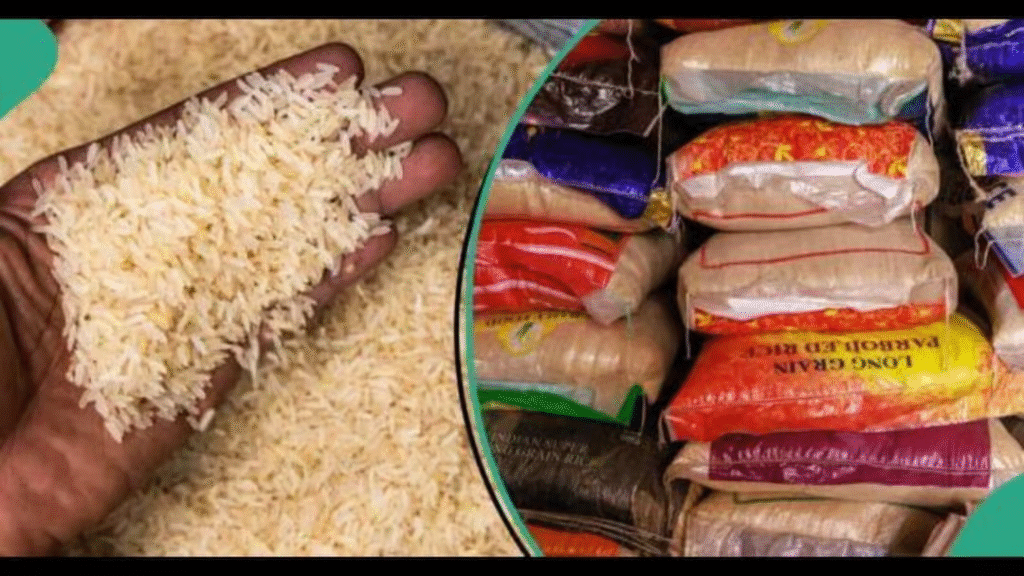Tags
Nigerian rice prices fall by 32% due to oversupply, weakening supplier margins: Platts
The sharp fall in Nigerian market prices is squeezing traders who held long positions earlier in the year expecting carry-over Q2-Q3 price strength.

NIGERIA – Rice prices in key Nigerian markets have dropped by as much as 32% since January, driven by a global surplus and aggressive export flows from major producers, according to Platts, part of S&P Global Commodity Insights.
The research notes that local rice now trades at N58,000–N70,000 (US$40-US$49) per 50kg bag compared to N85,000 (US$58) at the beginning of the year, while imported brands are fetching N65,000–N75,000 (US$45-US$52) per 50kg bag, down from N95,000 (US$65) in January.
Platts, assessed 5% broken parboiled rice CFR Cotonou at $399/mt for Jan–early Feb 2026 delivery, down US$115/mt, or 22% YoY, from US$514/mt assessed on Nov. 5, 2024.
Cotonou port remains the principal entry point for parboiled rice into West Africa, especially Nigeria, but is now flush with stock.
Traders warn that India and Thailand have been flooding the West African corridor following record harvests and the lifting of export restrictions on parboiled rice. Parboiled rice remains the preferred staple format across Nigeria and much of the region’s urban consumption base, including miller supply chains for blended and branded retail packs.
The sharp fall in Nigerian market prices is squeezing traders who held long positions earlier in the year expecting carry-over Q2-Q3 price strength.
“It’s a structural surplus and will take time to correct,” a Lagos-based trader said, adding that no meaningful bullish fundamentals are expected before mid-2026.
New season paddy in Nigeria is now trading at N28,000–N30,000 (US$19-$21) per 50kg bag, further suppressing processing margins at mill level.
Indian export flows remain one of the most dominant supply factors. India’s rice exports in MY 2025/26 are projected at 22–23 million mt, up 10–15% YoY, the Indian Rice Exporters’ Federation told Platts in September.
IREF is even more bullish on upside capacity and expects exports could reach 30 million mt, up 50% YoY, given the scale of Indian harvest volumes.
Commodity Insights analysts’ baseline forecast sits at 151.8 million mt of production, 2.8 million mt higher YoY, with exports seen at 24 million mt in the same marketing period, equivalent to a 6.5% YoY rise.
Heavy monsoon intensity has been the single most decisive yield driver. With rice being a kharif crop, aligned directly with the monsoon phase, the above-average rain delivered on timing, planting, yield and harvest optimization across India’s major rice belts.
India removed export duties on parboiled rice in October 2024, after reducing the levy in September to 10% from 20% introduced in 2022, to manage domestic inventories during last year’s spike.
With exporters pushing more tonnage aggressively into West Africa and demand not increasing at the same pace, traders say the market is now struggling under default risks and vessel re-routing , with buyers unable to commit due to price volatility and uncertainty over floor values.
https://millingmea.com/nigerian-rice-prices-fall-by-32-due-to-oversupply-weakening-supplier-margins-platts/Published Date: November 10, 2025






